German third-party developer Aerosoft is preparing to launch its CRJ add-on package for Microsoft Flight Simulator.
The CRJ is going to be the first fairly complex payware airliner released for Microsoft and Asobo’s new sim, so it isn’t surprising that many have been waiting eagerly to get their hands on it. After all, this is the sort of aircraft that shifts the gears of a new simulator toward a deeper level of realism and complexity capable of satisfying long-time enthusiasts.
Yet, the developer isn’t leaving accessibility behind. To know more about its project and Aerosoft’s plans, Twinfinite talked with project manager Mathijs Kok, a veteran of this industry who provided some very interesting insight.
Giuseppe: Microsoft Flight Simulator has been out for about six months. What are your impressions of its potential and progress as the project manager of one of the most relevant and established third-party developers and publishers in the industry?
Mathijs Kok: It is a total game-changer. Every version of FS we ever had was a bit outdated the moment it was released, but this is a fresh approach, with highly modern technology.
It is backed by people who really care for the project. What add-on developers need is a platform that is kept up to date and supported. Next to P3D and X-Plane we now have MSFS.
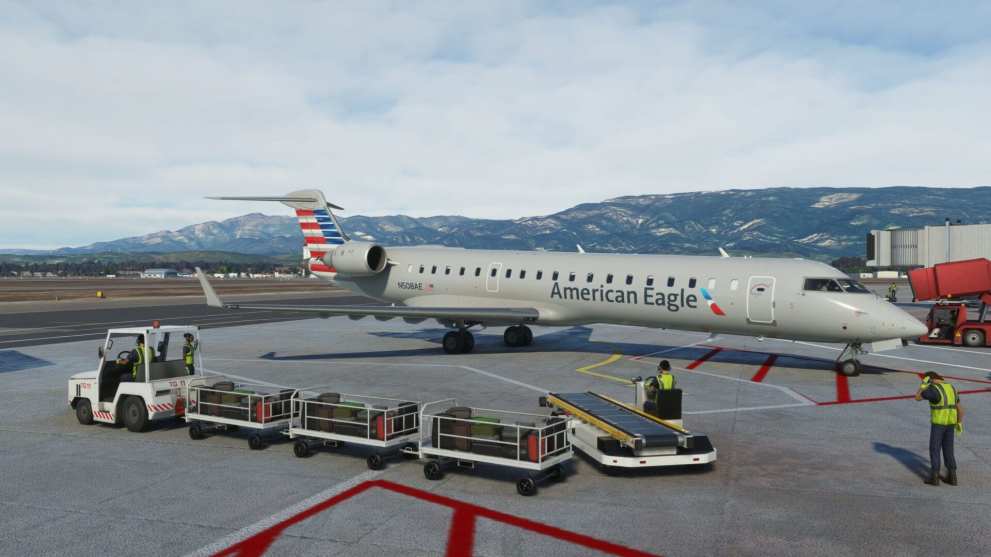
Giuseppe: How did you feel when you learned that Microsoft would return to flight simulators? I admit I had lost all hope.
Mathijs Kok: Same with us. How they managed to keep it a secret for so long still surprises us. And just like for you, it came totally out of the blue.
Our first reaction was that the videos were rendered and not from the real product, it seemed impossible. But visiting Asobo in spring 2020 we saw it running, we could try it.
In the tram on the way on the way back to my car I called my CEO and told him to forget all plans for 2021. As I said, it is really a game-changer.
Giuseppe: What is your view on the effect of Microsoft Flight Simulator on the add-on industry?
Mathijs Kok: It completely revitalized it. We see new teams with fantastic projects, and even better, we see people making freeware that is simply good and exciting.
It is still a new platform that needs to grow and mature, but there is no doubt in our minds that it will be the dominant flight simulator platform for many years to come.
We love X-Plane and P3D, but it is hard to deny the strengths of MFS. With that said, X-Plane has a history of making big steps.
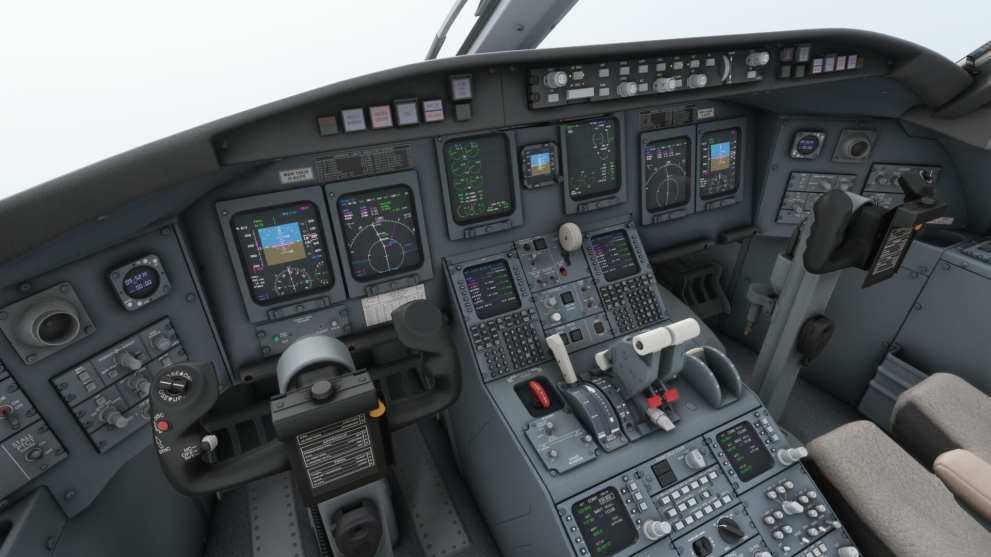
Giuseppe: The CRJ is the first complex airliner to be released for Microsoft Flight Simulator. Do you expect it to be enjoyed mostly by hardcore simmers, or perhaps you believe a sizable number among those who are approaching a sim for the first time are going to embrace it?
Mathijs Kok: Well, as the group of hardcore simmers is rather limited, we sure hope a lot of new simmers will buy it! And we have a lot of indications that they will. We see it in the forums.
Giuseppe: What was the reasoning behind the choice of the CRJ as Aerosoft’s first complex aircraft project to be released for Microsoft Flight Simulator?
Mathijs Kok: That decision was to a large degree made because of the P3D codebase we had. It was the most suitable for use in the new simulator. Also, the fact Hans Hartmann is the main developer, and he is very good with these implementations.
Compared to the Airbus project where we have multiple coders, this is more or less all done by Hans. Having one person [working on the code] made it easier to adapt things.
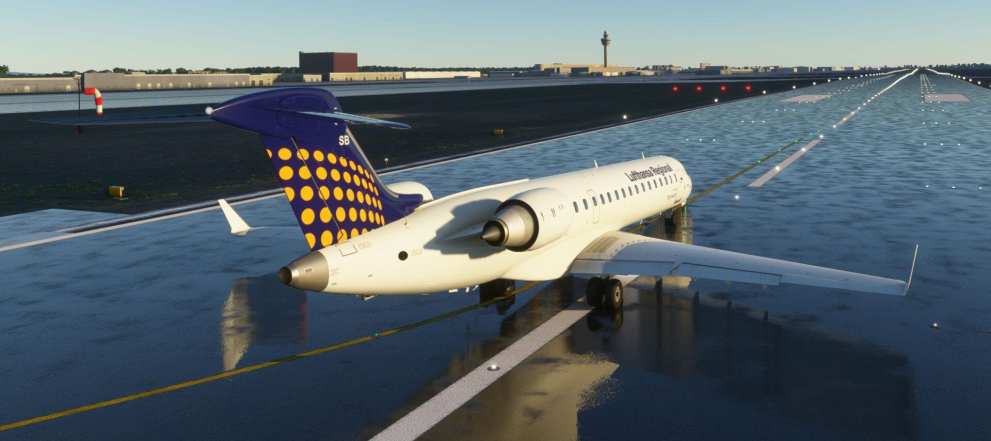
Giuseppe: How does this project compare with past add-ons you worked on in terms of development challenge?
Mathijs Kok: It’s more exhilarating and more frustrating at times. It was a wild ride in many aspects.
We were learning about the new platform, the new tools at the same time as making a product. That is not always easy, and you must experiment a lot.
Of course, that slows things down. But a lot of developers and modelers enjoy these experiments because they can really show their skills in that aspect. We had fantastic help from Asobo and when we got stuck, they always tried to help us. They’re very cool people.
Giuseppe: Aerosoft has worked with professional CRJ pilots on this package. What’s their feedback like?
Mathijs Kok: Most seem to enjoy it a lot and have been helping with advice and testing. As you know we focus a lot on the actual day-to-day work for the pilot and the aircraft is just the ‘tool’ for that.
They help a lot in that aspect by telling us what they do during every flight and what they almost never do. Pilots would rather have these things correct than a CU message that has never been seen in a real cockpit because the conditions simply never happened.
Do you know how many times an APU caught fire in an CRJ? We could not find any, so we don’t care about those things.
While simmers do not always agree, real pilots do. They know this is a Flight Simulator and not a simulator of the simulators they use to train for things that almost never happen.
Try to find how often a CRJ pilot had to use the APU fire fighting features. If you do not get an APU fire in the first 250.000 hours of using our products we’ll refund you.
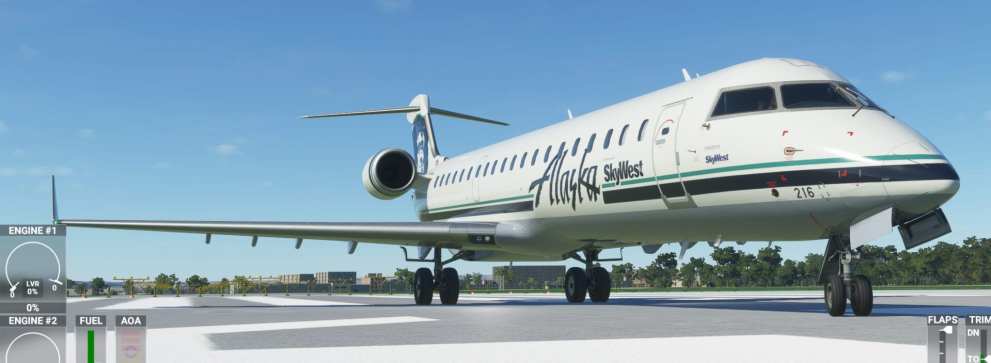
Giuseppe: Aerosoft’s artists have revealed quite a few liveries for the initial CRJ package, including some that were not available for your previous CRJ Professional add-on for Prepar3d. Do you have a finalized count to share, or it hasn’t been decided yet?
Mathijs Kok: I think we are up to 7, might be 8 at release. But there will be a livery paint kit and we are sure that there will be dozens in a few weeks. We have over a hundred for the previous versions. But keep in mind that serious repaints in MSFS are not nearly as easy as in FSX or P3D.
Giuseppe: A point of discussion among those who aren’t familiar with flight simulators is the price of add-ons which some perceive as comparatively high when they look at DLCs for normal games. Could you provide some insight on the work and manpower that goes into creating a package like the CRJ to help our readers better understand its pricing?
Mathijs Kok: This is a complex topic. We started with an existing code base and some modeling, but if you start a project like this from scratch, you must calculate at least 4 man-years of very hard work.
So it’s a very sizable investment and you want to be sure you get that back in a reasonable time.
Now, for FSX and P3D add-ons we could make a pretty good sales prediction but for Microsoft Flight Simulator aircraft add-ons that is very hard. We set a modest price for the CRJ because we believe there will be more potential customers than with P3D add-ons. But in the end, you just talk to customers, get a feel of what they see as a reasonable price.
For people not accustomed to flight simulator add-on, the prices seem high. But what other add-on for a game comes with 300 pages of manuals?
In many ways, you should see the simulator as an Operating System and an airport or aircraft as an application. Look at it that way and we feel the prices are justified.

Giuseppe: Speaking of helping novices get to grips with the CRJ, you just released the first videos of the “Come Fly With Me” series. Could you tell us more about this project?
Mathijs Kok: It’s very simple. We expect that for a lot of our customers this will be the first more complex aircraft they use. So next to the extensive manuals and guides, we wanted a series of videos to show the aircraft, its systems and how to use them.
TheDude has thousands of hours on the CRJ so he the ideal person to show you all of that. I asked TheDude to make the videos as would if he had to explain the aircraft to a friend who loves aviation but has limited knowledge.
Giuseppe: Speaking of another relevant project in Aerosoft’s pipeline, how is the development of the Twin Otter progressing? Can we expect to see its release anytime soon?
Mathijs Kok: The Twin Otter project is progressing very well. We are happy with the new people we have on that project and we are on schedule. The release is not very soon though, certainly months away.
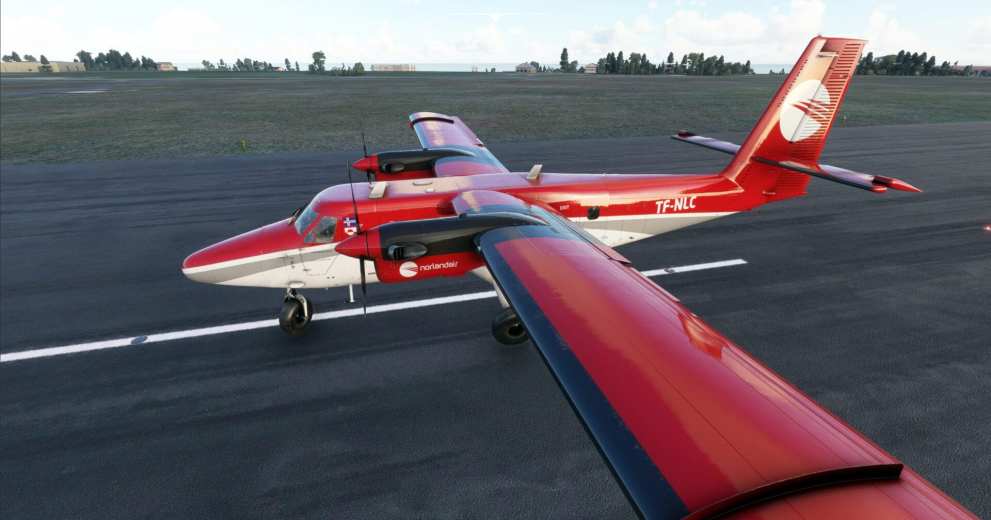
Giuseppe: You mentioned a while ago that the Twin Otter is being developed with an eye for the upcoming release of the Xbox version of the simulator. A flight simulator on a console is a first for everyone, including add-on developers. What are your expectations for the new platform?
Mathijs Kok: Again, this is a difficult question. Potentially it is a massive new market, and we are super excited about being able to use that.
Using complex aircraft on that platform will be challenging without a keyboard and mouse but aircraft that can be flown more ‘manually’ like a Twin Otter will probably be very usable.
Giuseppe: What kind of post-launch support can we expect for the CRJ?
Mathijs Kok: We have the complete support team (7 people now) trained, got the ticket system overhauled. The forums are updated, and we have loads of friends who will assist. We do expect a lot of questions but are ready for that.
We also expect that customers will help each other. In our forums, that is more or less the norm.
[Editor’s Note: during the interview, you’ll see reference to X-Plane and P3D. If you’re not familiar with them, they are two older flight simulators by Lockheed Martin and Laminar Research, popular among core flight simulation enthusiasts]
A few of days ago, we published our massive interview with head of Microsoft Flight Simulator Jorg Neumann, who provided a lot of new info about the present and future of the sim.
Incidentally, if you’d like to read more about Microsoft Flight Simulator add-ons by Aerosoft and its partners, you can enjoy our recent reviews Greater Moncton Airport, Reggio Calabria Airport, and Munich Airport.
If you want to learn more about the simulator itself, you can read our review that will tell you everything you need to know about Asobo Studio’s game.
Microsoft Flight Simulator is already available for Windows 10 and Steam and will release in summer 2021 for Xbox Series X ad Series S.

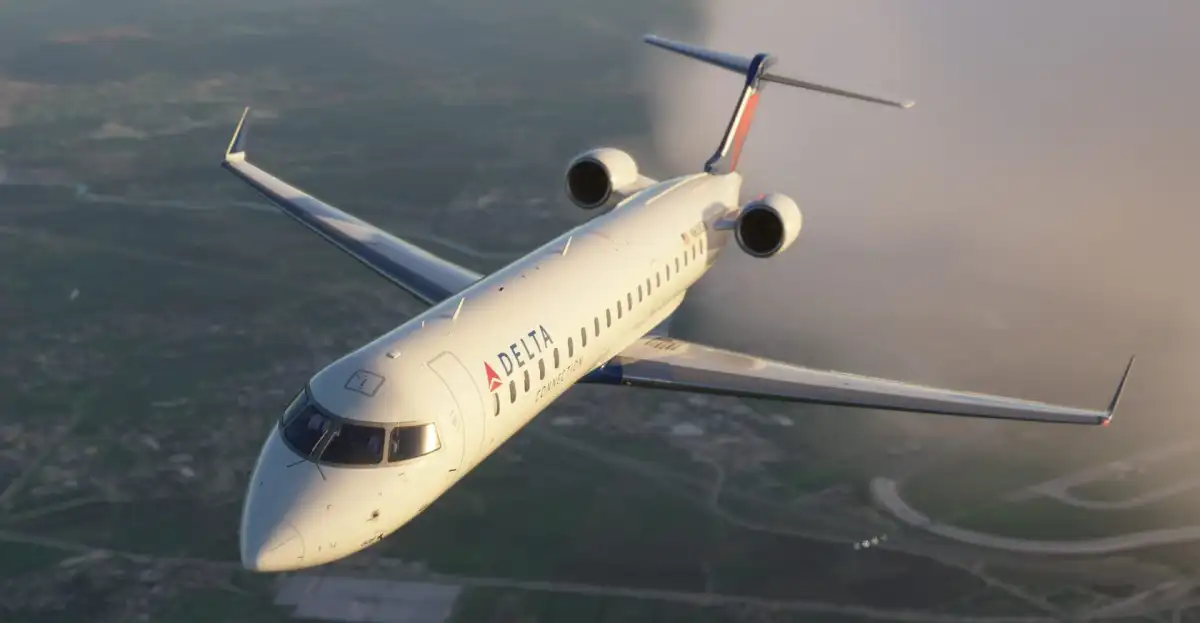











Updated: Feb 24, 2021 10:17 am